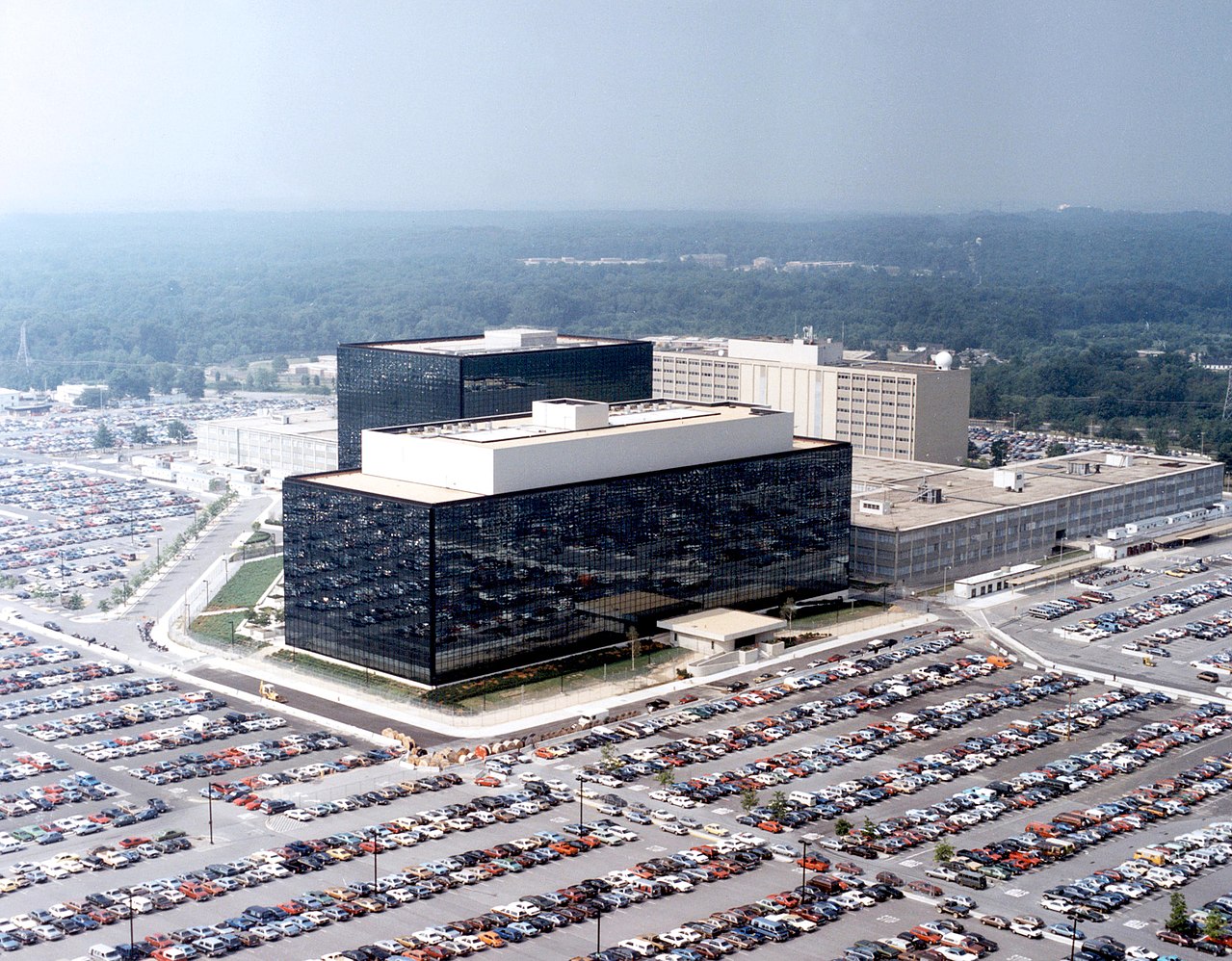Recall that in the US navy, the modern distinction between cruiser and destroyer is totally arbitrary.
Between 1960-1975, all new modern guided missile fleet defense surface units in the United States Navy were called Frigates, where as guided missile fleet defense units converted from WWII era gun cruisers were still called cruisers.
ALthough the Soviets also called all their new guided missile fleet defense surface units by a single name (large anti-submarine ship), the US Navy prefer to refer to larger new soviet surface combants as cruisers.
By 1975, most of USN’s converted WWII era cruisers had retired, and americam newspapers began to make hay over the fact that by USN’s own nomenclature, the Soviets still had lots of cruisers where as the USN only had frigates (this simply because the USN chose to call new soviet guided missile units as cruisers instead of frigates like the USN had hitherto called its own new guided missile units), Frigates didn’t sound nearly as potent as cruisers. So there was the talks of a “cruiser gap” amongst the ill informed defense hawks.
Well, the Cruiser gap is purely the artifact of the naming game, and can be made to vanish by renaming somethings. This is exactly what the USN did. In 1975 the USN made the cruiser gap instantly vanish by restyling the larger frigates in the US fleet as cruisers, including all of the new nuclear power frigates.
When we speak of the Ticonderoga class as cruisers, and wonder what made these ships cruisers where as the Arleigh Burke class only merited the name destroyers, we should remember the answer is absolutely nothing fundamental, and note the Ticonderoga class were indeed originally designed as destroyers.
When the Ticonderoga class was first conceived, they were intended to be the anti-Air counterpart to the Spruance class anti-submarine destroyer. In fact, they share exactly the same hull and engineering plant, and very similar superstructure layout, as the Spruance class destroyer, and are nothing more than an anti-air development of the Spruance class.
The reason why they became called cruisers is simply this. When Ticonderoga class guided missile DESTROYERS were being planned, the USN intended to also build a class of much larger, 16,000 ton, nuclear powered aegis vessels to be called Strike cruisers. When these were cut due to post-Vietnam defense spending cuts, the USN tried to add Aegis to the Virginia class nuclear power cruisers. Finally, when that too got cut, the USN found itself without any new cruisers in it fleet plans.
So the fear of another “Cruiser gap” arose. The fear became acute when the Soviets deployed the giant Kirov class “battlecruisers”. So the US navy decided to head off the threat of another “Cruiser gap” by the simple expedient of restyling the Ticonderoga class guided missile destroyer into Ticonderoga class guided missile CRUISERS.
So this is the reason why the Ticonderoga class are called cruisers. Not because it has 128 missile tubes, but because the USN had to be seen building “cruisers” when the Soviets are said to be building “cruisers”.


